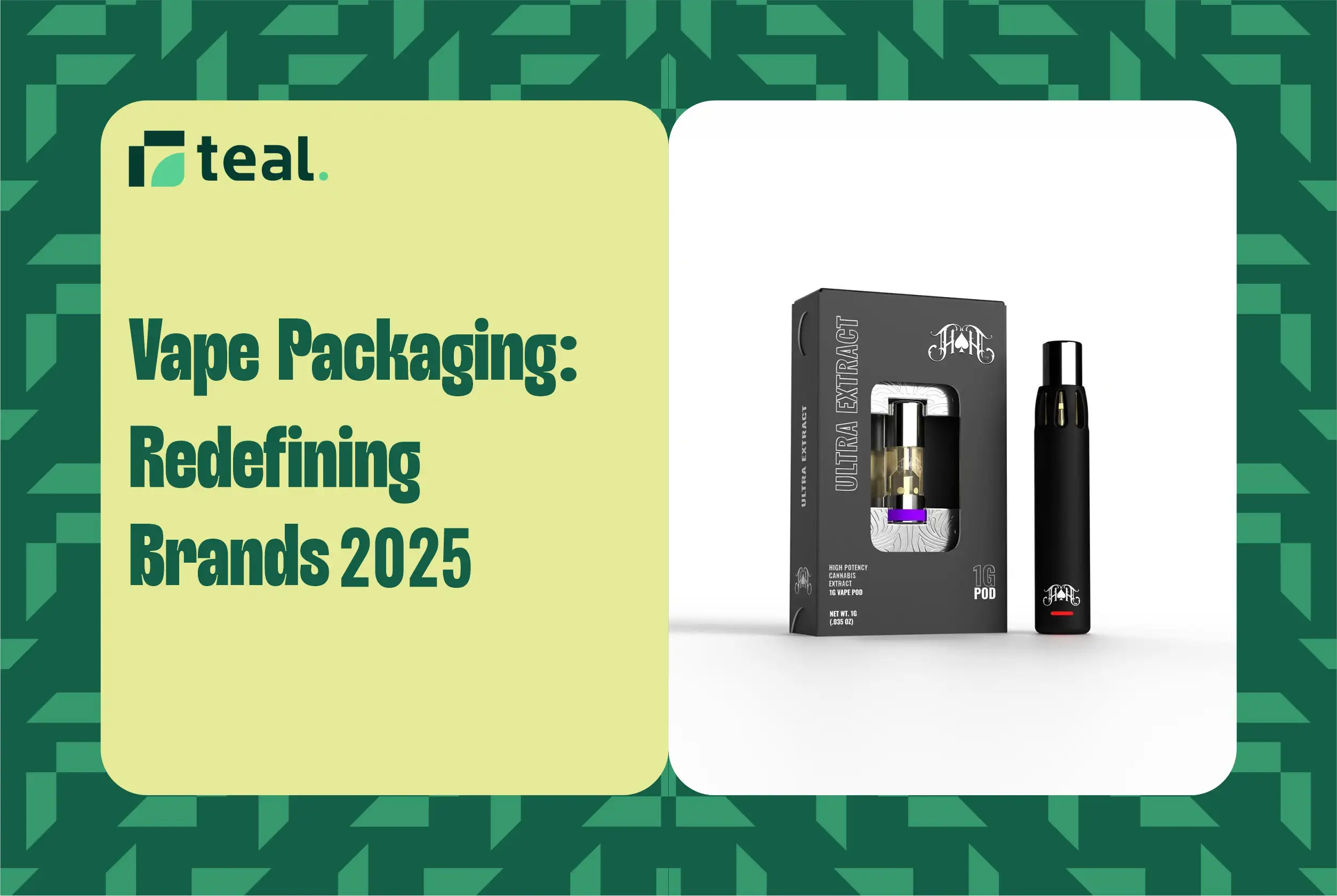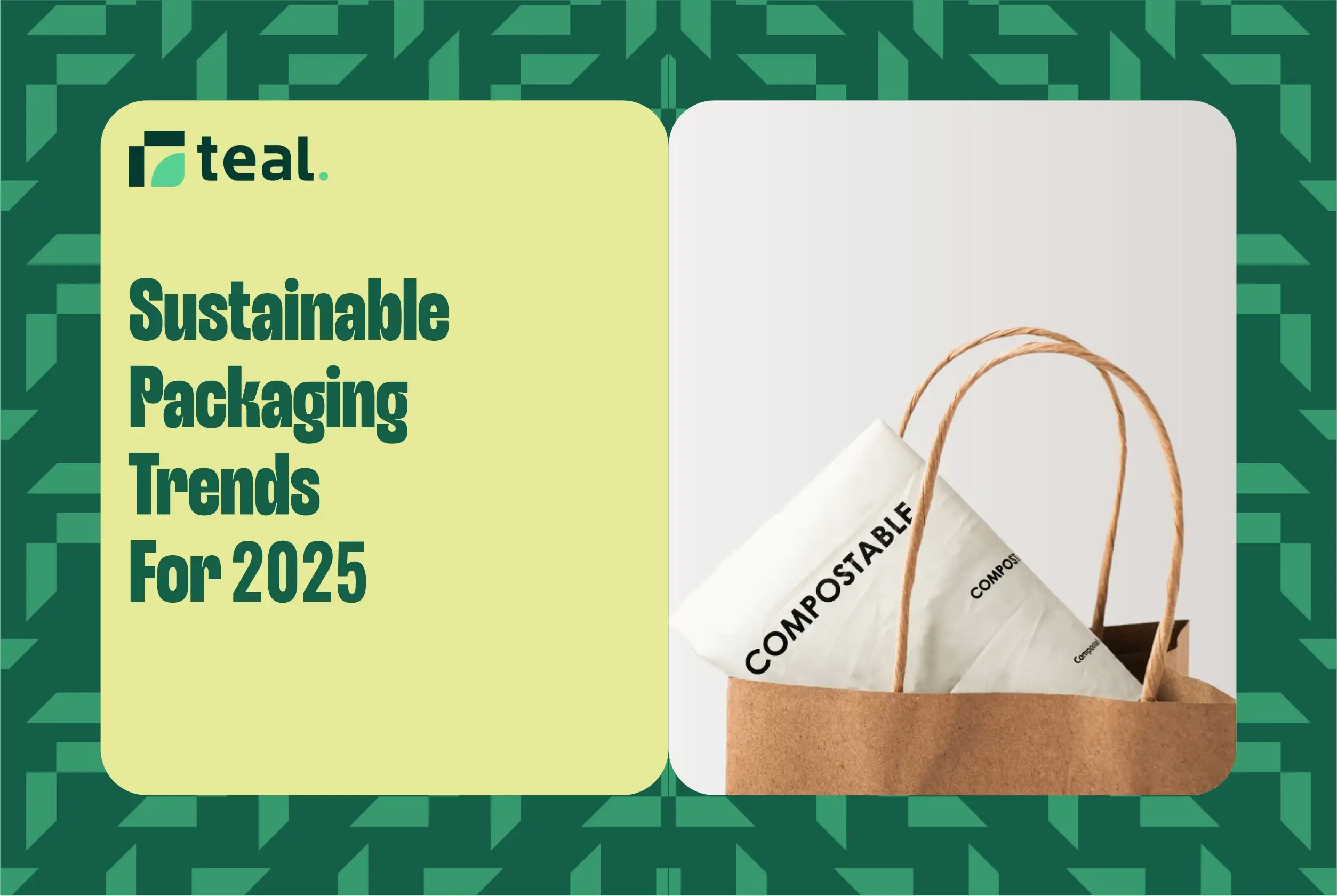A custom box is a product that is designed specially for a company to meet their specific needs in terms of packaging.
What Are Custom Boxes?
Custom boxes need today's business to connect with people to promote brands. Custom printed boxes first appeared during the 1800s, using lightweight cardboard boxes similar to the ones used now to package their flaked cereals. Based on the findings, it was the first company to use cereal cartons made from cardboard boxes. In a nutshell, custom packaging boxes are specially designed to meet the company's needs. Moreover, to impress customers with excellent graphics, ensure product safety, complement advertising strategies, and build brand loyalty. However, the client can request specific shapes, sizes, materials, colors, and styles when ordering a custom box. In most cases, the product will determine the customization needed.
Now let's delve deeper and discover more about custom boxes and what they offer.
How Are Custom Boxes Produced?
Custom boxes are usually made of numerous materials, but these are the primary manufacturing material packaging options:
-
Corrugated board: A laminated paperboard flute in the middle protects the main product, representing a cushioning effect. However, it has the option of single-wall or double-wall construction, depending on the product frailty.
-
Paperboard SBS (solid bleached sulfate): SBS stands for Solid Bleached Sulfate, the highest quality and most expensive paperboard substrate. SBS is produced from bleached virgin wood pulp and can be used as a moisture barrier in liquid and food packaging and high-end packaging where the quality of the printed image is required.
Although you know the primary material used in custom box manufacturing, let's dive into the making process.
Graphics & Designing
Design and graphics are the focused stages before beginning the process of manufacturing.
On the whole, Companies want to appeal to their customers through their packaging. TP offers a custom design configurator to help clients create a design based on their desired graphics and design elements. Hence, designers suggested thicker or bolder fonts for legible prints. Indeed, it ensures fine details such as serif fonts, which are pretty subtle, are not lost during printing.
Printing
Second, printing is one of the most essential elements for custom packaging. Afterward, you can choose your desired type of printing based on your specific business needs.
1. Digital Printing
Digital printing is an alternative to traditional methods, such as lithography and flexography, because it's fast. Conversely, it eliminates many physical stages required in conventional printing. Similarly, it's also ideal for short to medium print runs. Instead, the prints can be directly applied to the corrugated board, and there's no need to mix different ink colors.
One downside of digital printing is that it doesn't have economies of scale like analog print methods, so it doesn't get more affordable as the volume increases.
2. Lithographic Printing
A unique process of mounting offset lithographic printing onto a corrugated board. After lamination, the manufacturer will cut the box to the final dimensions. Moreover, this technique is great for making very detailed and high-resolution graphics. Likewise, it gives you many options and flexibility regarding images, colors, and finishes. Unfortunately, litho lamination is the most expensive technique of printing, which is why suppliers recommend it for project quantities in the thousands.
3. Flexographic Printing
The most common printing method for corrugated boxes is flexible printing, its plate attached to a large rotating cylinder. The plate artwork is printed on the board as it is fed through the machine.
An ideal method for edge-to-edge printing, flood coating, and text-based custom designs is also the choice for line art with only one or two colors.
Flexographic printing is not recommended for designs with complicated graphics and many different colors. This can be expensive due to the number of printing plates required for the colors.
One of the main drawbacks of flexo printing is the "minimum dot." Small halftone dots on flexographic plates, made of a thick, flexible polymer substance, cannot be reliably reproduced on the paperboard. These dots print more significantly than what is on the plate, a condition known as dot gain. For this reason, there is a cutoff point: the minimum dot. The practical result is a restricted tonal range that can be printed.
Types of Custom Boxes
Below are the types of custom boxes you can choose from depending on your line of business:
1) Mailer Boxes
Many types of mailer boxes are available on the market. These boxes come in various sizes and shapes with interlocking tabs and dust flaps that are easy to assemble without using tape or glue. Often use corrugated cardboard for mailer boxes, and the flute is usually E-flute (1/16′′) or B flute (1/8′′). A double sidewall of the box provides extra strength and damage resistance compared to other types of paperboard packaging, as it is stiffer and more durable.
It is ideal for packing gifts and retail items in mailer boxes. Moreover, they are an excellent choice for subscription boxes and other promotional kits.
2) Boxes for shipping
Custom boxes can be divided into four types based on the product type. Corrugated cardboard is the most common material used in shipping boxes, usually B flutes or C flutes, according to the type of shipping box.
Generally, shipping boxes are used when dealing with larger and heavier products, such as food items, electronics, and fabrics.
Because shipping boxes can be stacked, they are ideal for warehouse storage. As a result, they also require extensive tape-laying and a lot more time and effort to assemble.
3) Product Boxes
A product box can come in various sizes and shapes and is commonly found on retail stores' shelves.
Upon receiving the finished product, the customer will receive it unassembled. After the boxes are manufactured, they must fill them with products for sale and then give them to the customers. Among the items commonly packaged in folding cartons are beauty products, alcohol, and luxury items.
Compared to other custom boxes, folding cartons are the lightest in weight. Moreover, they are easy to fill, seal, and ship, making them more convenient.
Setup Boxes
The rigid setup box is a unique type of product box. The container consists of two pieces, one that holds the product and the other that serves as the lid. In high-end product packaging, this is a very sturdy box typically used for packing phones, jewelry, and watches of high value. In terms of rigid box designs, you can go as creative as you want and make them unique based on the voice and objectives of your brand.
4) Econoflex Shipping Boxes
In 2020, TP launched an eco-friendly shipping box called Econoflex. The Econoflex shipping box is one of the most modern yet eco-friendly types of packaging you can buy. This Econoflex box is made of 100 percent recycled and recyclable materials and is long-lasting, biodegradable, and affordable due to its sturdy construction. In many respects, Econoflex printing technology is similar to flexography printing, except that Econoflex printing is cheaper, as there is no need to purchase color plates or pay for setting up charges. There is cost-effectiveness to it both when it comes to small and bulk orders.
Benefits of Custom Boxes
Several benefits come with custom packaging:
1. Make Your Brand Identity
As a result of many businesses shipping items in plain kraft corrugated cardboard boxes, your brand does not appear to the public, and all packages look the same. A custom box is a great way to show off your brand and promote your business to customers using logos, messages, and artwork.
2. Create an Experience
Specifically, one of the best ways to ensure your clients know that you care about what you offer them is to have great packaging. Moreover, customers like the "unboxing experience." Imagine their delight if they receive the product in a lovely custom box with glittery colors and a perfect 3D graphic of your company logo inside it. Suppose people go through a great unboxing experience and share their unboxing experiences with their friends, family, fans, and followers on social media. In that case, your business will be able to benefit more from it.
3. Secure Your Products
Businesses do not want to package their products in damaged boxes. Oversized boxes and poorly finished products are examples of these issues. Custom boxes ensure safety by providing the perfect size for the product, preventing movement or sliding that may damage the product.
4. Protect the Environment
We manufacture custom boxes using biodegradable materials, ensuring they are environmentally friendly. Recyclable boxes can be reused several times, which reduces the need to cut down trees, the primary source of raw materials for box manufacturing.
5. Save Money
Any business may suffer from the costs associated with damaged goods. Remaking or replacing damaged products can be a costly endeavor. Custom boxes offer the right fit and cushioning to protect delicate products. Furthermore, you may wish to consider investing in a custom paper that provides additional cushioning while creating an impression of safety and care.
What factors affect the custom box price?
The cost of custom boxes is higher than the cost of standard boxes. Costs vary based on the type of box, the material, the dimensions, and the custom box design.
As a rule of thumb, the more box colors and materials used in manufacturing, the more expensive it will be. Printing technique also impacts pricing, but for the most part, price is determined by quantity.
Most custom-printed boxes are shipped flat and reassembled by the customer before packaging. Therefore, if you plan to order many boxes, you may need assistance assembling them.
Frequently Asked Questions (FAQs) regarding Custom Boxes
These common questions are frequently asked regarding custom boxes.
Is Custom Packaging Worth It?
It may seem desirable to choose the cheapest packaging option. Nevertheless, it may threaten your product's safety, mainly if the material is not made in the appropriate size or is not appropriately cushioned. A custom packaging solution is a proven method of ensuring your products' security while reducing costs over time. More importantly, a better-quality, well-designed custom box will result in a better shopping experience for your customers, allowing you to keep them in mind and encourage repeat purchases. This is a worthwhile investment.
How eco-friendly are custom boxes?
Custom boxes are made from corrugated paperboard (made from wood pulp) and are biodegradable. Furthermore, paperboard is recyclable before its fibers degrade entirely. Approximately 68 percent of paper and paperboard are recycled each year in the United States alone, according to the Environmental Protection Agency (EPA). Furthermore, custom packaging boxes allow consumers to pack their products in perfectly sized packaging so that there is no waste of materials. By reducing the amount of material used, less paperboard will be manufactured, resulting in fewer trees being cut down for packaging.
What is the best place to order custom boxes?
Whenever you need to place a custom order, TP is the place to go. From mailers to shipping and product boxes, we create custom packaging boxes that satisfy you and your customers. Our state-of-the-art online design tool and live preview technology allow customers to unleash their creativity and design exactly what they want. Our technicians can also assist you with the best designs available. Online ordering is now available for custom-printed boxes.
.webp)



 (1) (1).webp)
 (1).webp)
 (1) (1).webp)